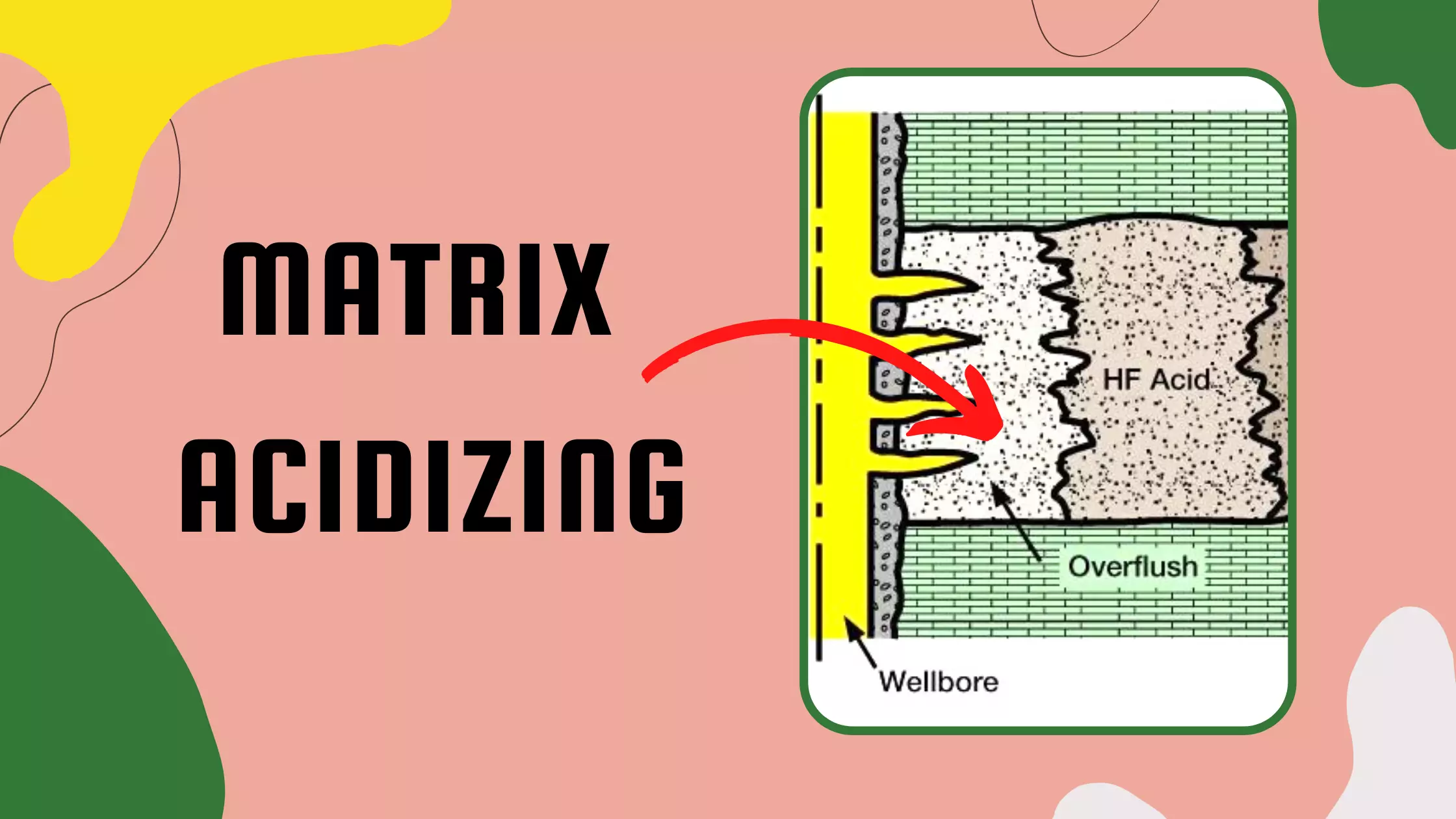General Considerations
Fracture acidizing is a process in which acid is injected at a high enough rate and pressure to fracture the formation. It usually involves injecting a viscous pad fluid ahead of the acid to initiate the fracture. Differential rock removal occurs as the acid reacts chemically with the formation faces. This results in an uneven etching pattern which increases flow capacity to the wellbore and provides a higher productivity ratio.
Fracture acidizing has application in carbonate reservoirs, both limestone and dolomite. There are two main reasons for performing this type of stimulation treatment. First and foremost is low permeability, where natural production is not economical; a conductive fracture provides much more flow area for produced fluid or gas. The second reason is to overcome damage that extends deeper than matrix acidizing can effectively reach.
Successful fracture acidizing depends on developing a fracture geometry with adequate surface area. Ideally, the created fracture should cover the productive interval vertically, be as long as the well’s drainage radius, and be wide enough to aid acid penetration.
The ideal fracture geometry is seldom, if ever, obtained, because of geological considerations or mechanical limitations. The vertical fracture height may exceed the productive interval and extend into a barren interval or into unwanted production. The conductive fracture length is usually less than the created fracture length because the fast surface-reaction rate generally spends the acid quickly. The spent acid and the residual preflush then create additional unetched fracture area.
 Petro Shine The Place for Oil and Gas Professionals.
Petro Shine The Place for Oil and Gas Professionals.



